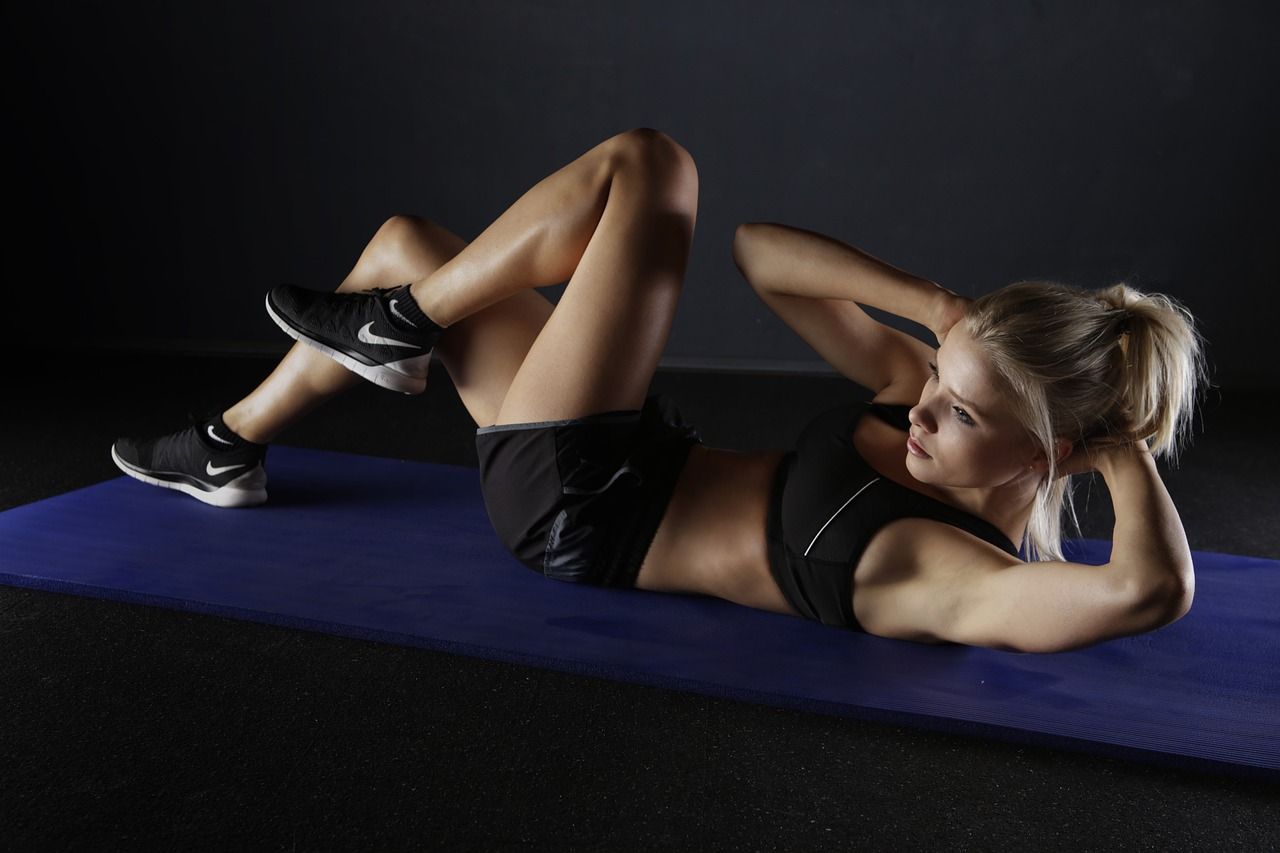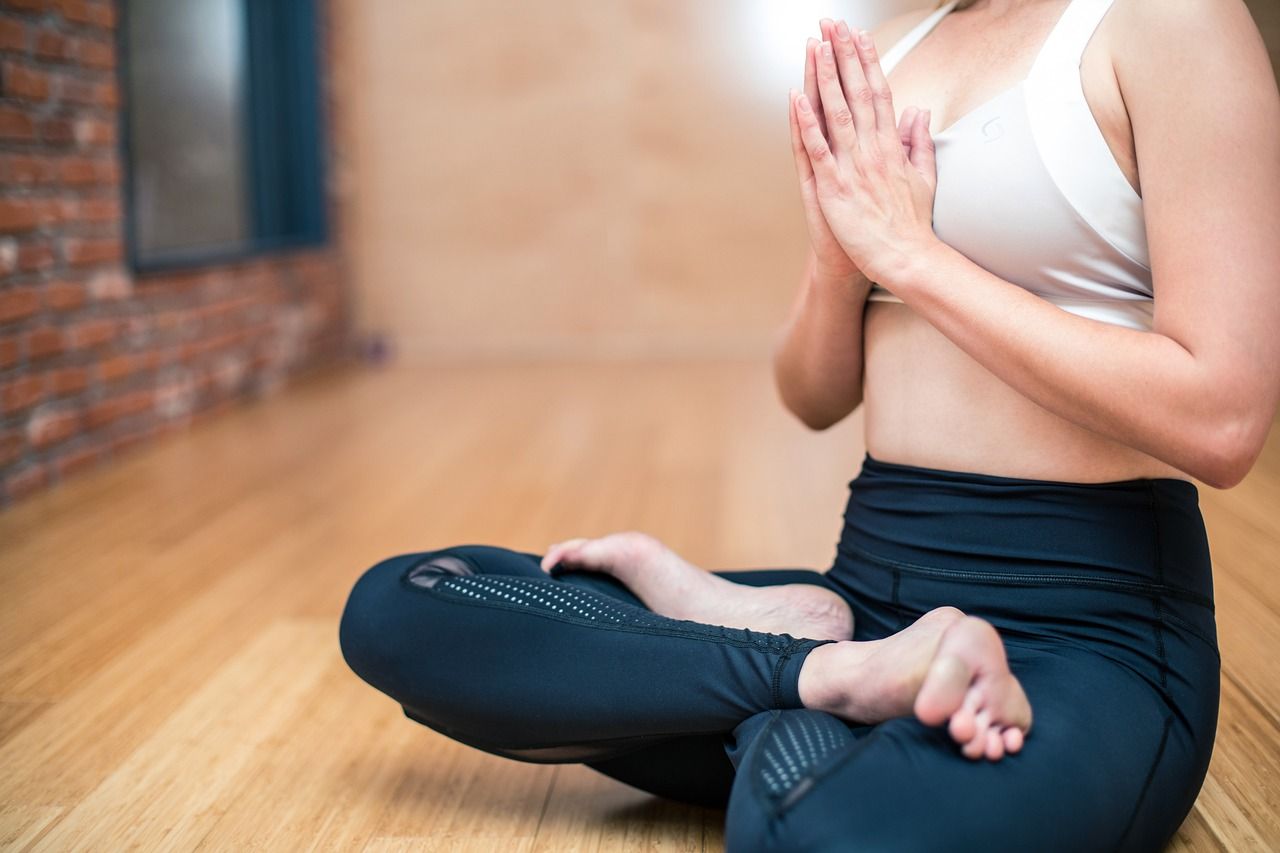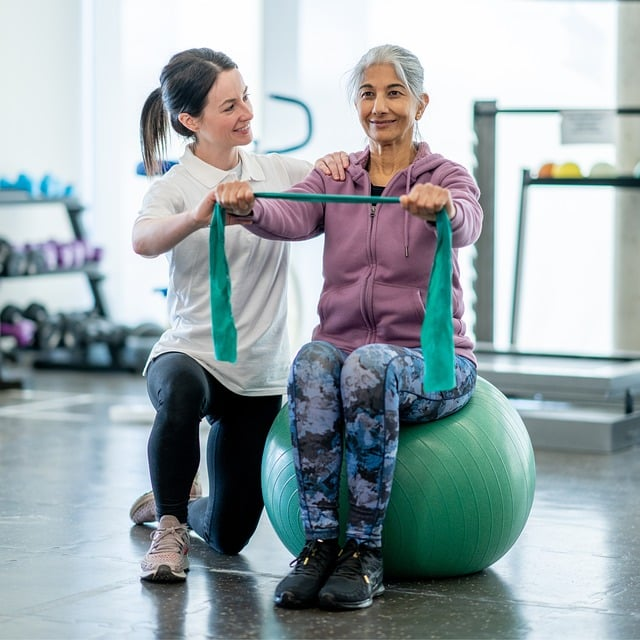What to wear to a physio: Tips and guidelines for your appointment
Let’s be honest, we’ve all been there. You’ve booked your physio appointment, the date approaches and then you worry unnecessarily about what to wear. You wouldn’t believe how often we get asked this question! So don’t worry and please don’t overthink it.
The very simple and quick answer is that you want to be comfortable and able to move freely. But you also want to make sure you're dressed appropriately for the occasion. So here are some tips to help you decide what to wear to your next physio appointment.
Firstly, you might want to consider the type of physiotherapy treatment you'll be receiving.
If you're going for a sports massage or physio treatment, you'll likely need to wear loose, comfortable clothing that allows for easy movement. If you're attending a rehabilitation session, you may need to wear more supportive clothing such as compression garments or braces.
Although as a fall back, it's always a good idea to check with your physiotherapist before you attend to see if there are any specific clothing requirements for your session.
The weather outside may also play a role in what you decide to wear. Clearly if it’s cold outside, just ensure you’re able to quickly and easily remove layers for your session. Alternatively, if it’s hot outside, we’d recommend wearing some breathable fabrics that allow you to keep cool.

What to know about physiotherapy clothing
Importance of Appropriate Clothing
When attending a physiotherapy session, it is important to wear appropriate clothing that allows for ease of movement and access to the affected area. Loose-fitting clothing is recommended to ensure that your physiotherapist can easily assess and treat your condition. Avoid wearing tight clothing, as this can restrict movement and hinder your progress.
In addition, it is important to wear comfortable and breathable clothing to prevent overheating and discomfort during the session. This is particularly important if you will be engaging in physical exercises or activities during your appointment.
Factors Influencing Attire Choices
The type of attire you choose for your physiotherapy session will depend on the nature of your condition and the treatment plan prescribed by your physiotherapist. For example, if you have a lower body injury, you may need to wear shorts or loose-fitting trousers to allow your physiotherapist to assess and treat the affected area.
Similarly, if you have an upper body injury, you may need to wear a sleeveless or short-sleeved top to allow your physiotherapist to assess and treat the affected area. It is important to discuss any clothing requirements with your physiotherapist prior to your appointment to ensure that you are properly prepared.
Overall, wearing appropriate clothing to your physiotherapy session can greatly enhance the effectiveness of your treatment. By choosing comfortable, loose-fitting clothing that allows for ease of movement and access to the affected area, you can ensure that your physiotherapist is able to provide you with the best possible care.

Recommended Clothing for Physiotherapy Sessions
As we explored above, when attending your physiotherapy session, it is important to wear appropriate clothing that allows for ease of movement and most importantly comfort.
For those looking for a bit more information, we’ve broken down the clothing into subsections providing recommendations for each. These include upper body wear, lower body wear, footwear, and accessories.
Upper Body Wear
For upper body wear, think t-shirts, tops etc, it is recommended to wear loose-fitting clothing ideally made with breathable fabric. Cotton is the most popular, although other fabrics like polyester, nylon, linen, silk etc are all fine.
This allows for ease of movement and prevents overheating during exercise. Avoid wearing tight-fitting clothing or clothing with zips which may interfere with the treatment.
Lower Body Wear
When it comes to what you wear on your lower half, similar to above, it is best to wear comfortable, loose-fitting clothing. Essentially anything which allows for a full range of motion.
Here we would recommend shorts, leggings, or sweatpants made of breathable fabric. We would advise against jeans.
Footwear Considerations
We can’t stress enough that wearing the proper footwear is really important when attending physiotherapy sessions. Ideally wear trainers of some sort, which are comfortable and supportive, providing good traction.
We would recommend against wearing sandals and flip-flops as these won’t provide the stability for the session. Formal business shoes, or shoes with high heels should also be avoided as you may find it uncomfortable.
Accessories
When we reference accessories, we’re talking mainly about jewellery. Items like necklaces, bracelets, and earrings tend to be the main culprits. Rings on hands are generally fine although if unsure, speak to your therapist.
Of course, please also bring any other necessary accessories like a water bottle to keep hydrated, a towel to wipe away sweat. Even any braces or straps that you may be required to bring for your treatment.

We commit to providing the best, expert personalised care, not just in Ascot, but across the whole of Berkshire.
Physio Services
Physio Ascot
Sports Massage Ascot
Nutritional Therapy Ascot
About Us
Contact Us

